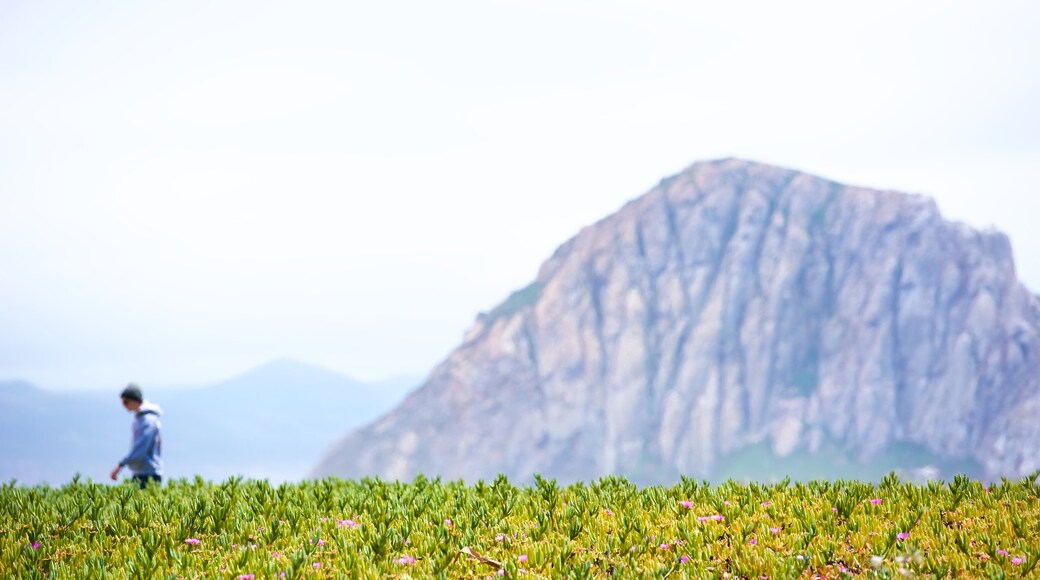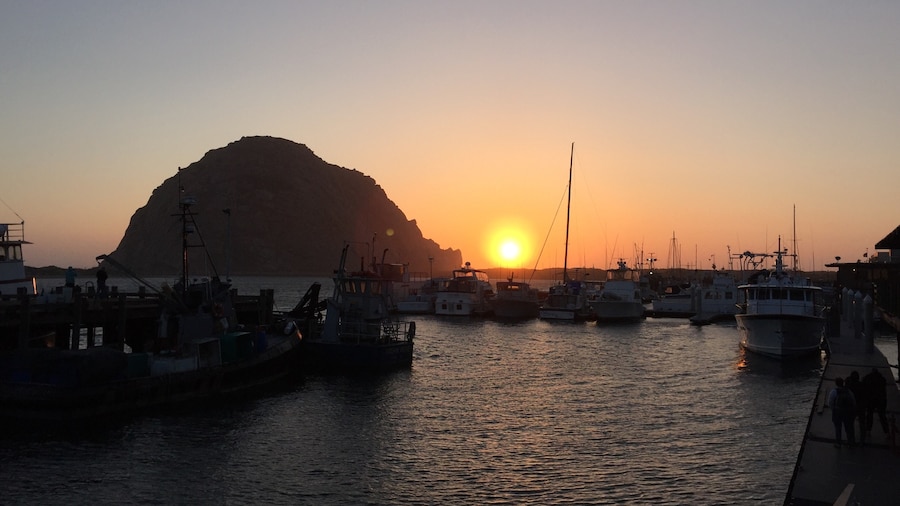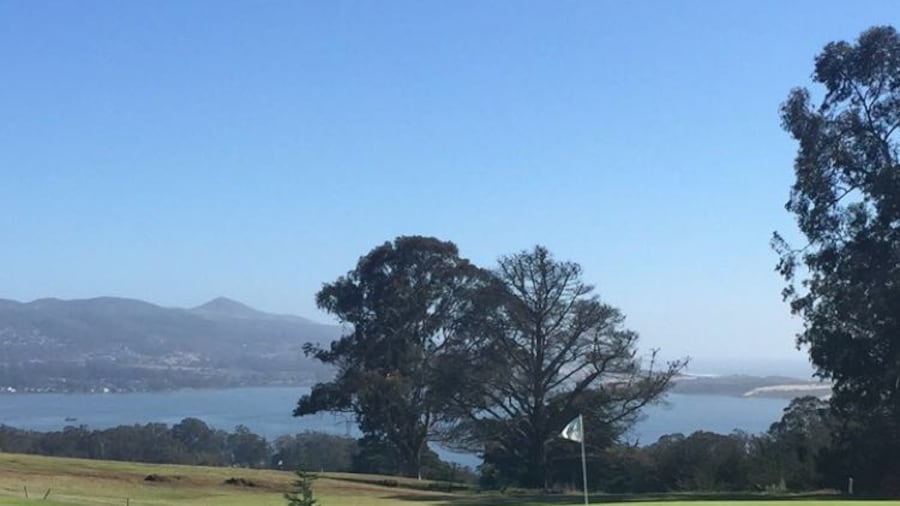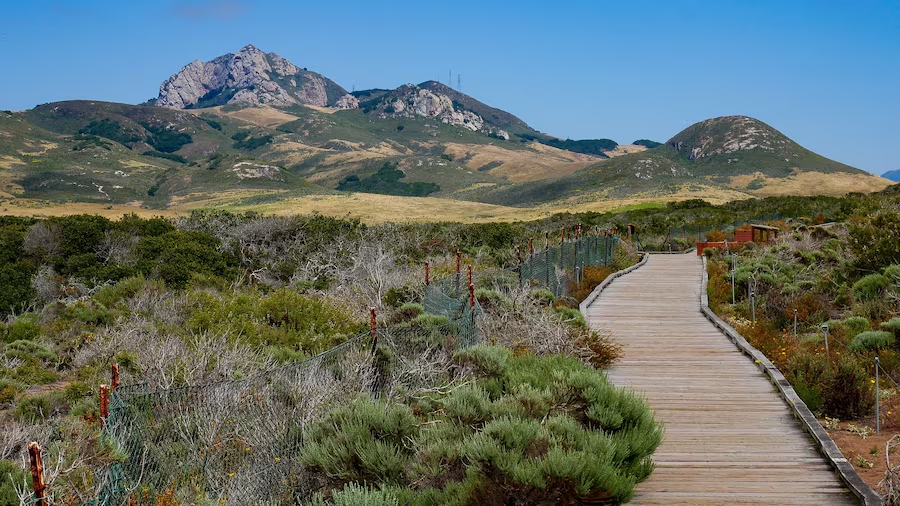Dating back about 23 million years, Morro Rock is a dramatic coastal highlight dwarfing the rest of the Morro Bay district. The vast volcanic plug has long served as a navigational aid, with its rounded, rocky surface 581 feet (177 meters) high. Capture photos of the magnificent rock at low tide, when it appears even larger.
Reach the rock and enjoy the views of the bay and the town. Notice the variety of wildlife, including lizards and squirrels, living on and around this natural formation. Among the bird species are types of gulls and peregrine falcons. Spot sea lions and sea otters in the water surrounding the rock. Other aquatic creatures include hermit crabs, mollusks and coral.
Snap photos of your friends and family in front of the rock to get a sense of its large size. Take a leisurely stroll around the circumference of the rock to see it from all sides.
Morro Rock was named by sailor Juan Cabrillo in the 16th century. The name comes from the Spanish for “hill.” The structure is considered part of the Nine Sisters that have formed between Morro Bay and the San Luis Obispo hills. It was mined in the early 1900s, altering its shape.
Walk to the adjacent Morro Rock Beach, which is adorned with other large rocks of various shapes and sizes. Relax on the sand and sunbathe during the warm summer months.
It is free to visit the structure, which is open to the public at all times. Note that climbing on the rock and disturbing the birds are acts prohibited by law.
Morro Rock is on its namesake bay, which juts out from the western edge of San Luis Obispo County. Walk through the scenic bay to reach the rock. Make sure to see other nearby landmarks, including Morro Bay State Park, the Morro Bay Marina and Anchor Memorial Park.


















